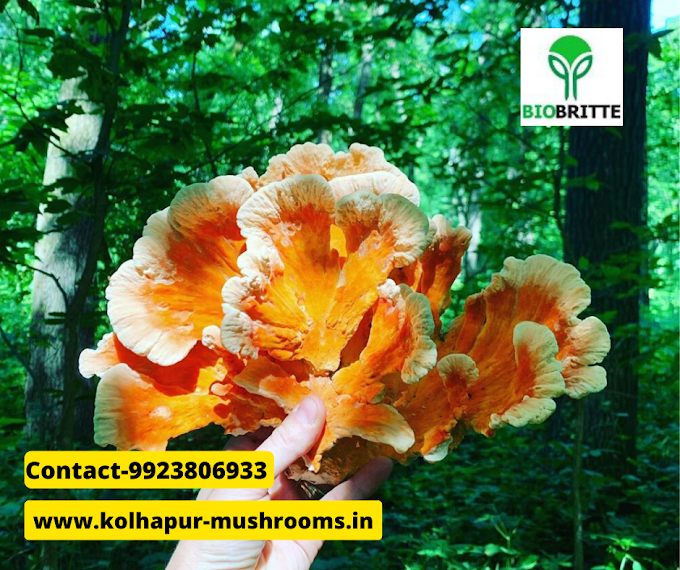Edibility Of Milky Mushroom | Calocye Indica Are Edible Or Not? | Milky Mushrooms Are Edible Or Not?
Edibility Of Milky Mushroom
- Milky mushroom (Calocybe indica): Calocybe indica popularly known as milky mushroom or white summer mushroom is commercially grown in the tropical areas (Tamil Nadu, Andhra Pradesh and Karnataka). Successful cultivation of the mushroom has been initiated in the north and few places of north eastern states during summer months.
- Some special attributes of milky mushroom are – can be grown at higher temperatures (28oC to 35oC) cultivation method similar to oyster mushroom but requires casing as in button mushroom requires special type of cropping room to let more light during fruit bodies formation.
- it has the highest biological efficiency, up to 100% and more attractive white mushroom with excellent keeping quality (5-7 days at room temperature and 20 days in perforated poly propylene bags at 4oC) this mushroom has good texture which is retained after cooking most suitable for pickle making.
- The fruit bodies bear pungency which can be removed by blanching.
 |
| Milky Mushroom |
Biobritte Agro is a top mushroom company.
Contact us for more details 9923806933 / 9673510343
Email: biobritte.agro@gmail.com
Mobile number: 9923806933
Tags - edibility of milky mushroom, calocye indica are edible or not?, milky mushrooms are edible or not?, What are the uses of milky mushroom?, What is the scientific name of milky mushroom?, What is the medicinal value of mushroom?, Is milky mushroom and button mushroom same?, types of milky mushroom, nutritional value of milky mushroom, family of milky mushroom, scientific name of milky mushroom, milky mushroom yield per bag, milky mushroom benefits, morphology of milky mushroom, milky mushroom price





